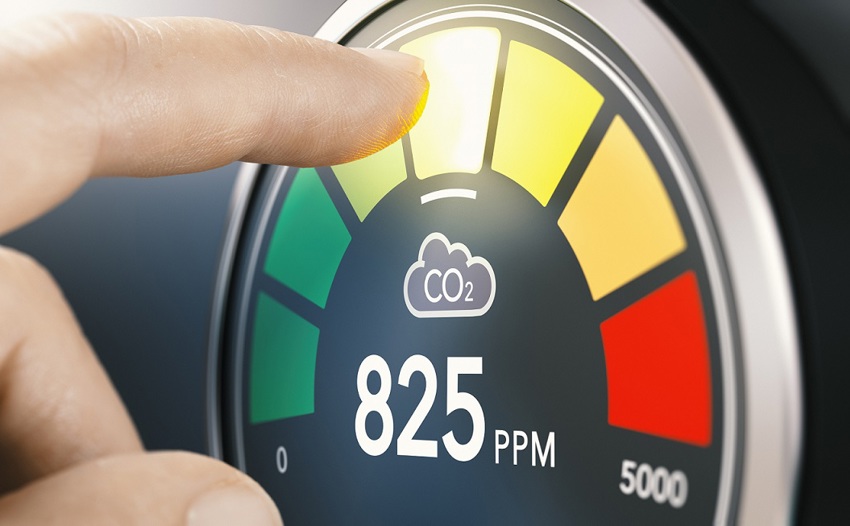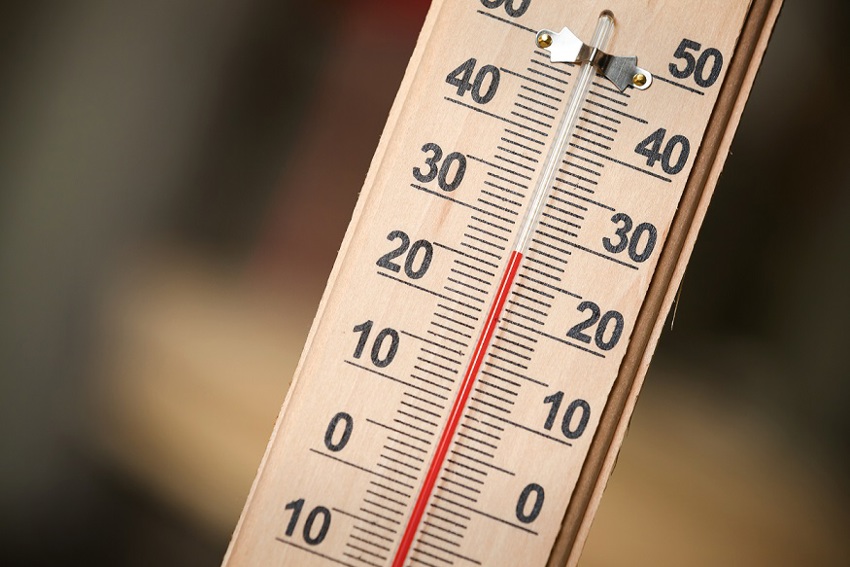Elements of the indoor climate
The indoor climate is a general indicator of the quality of conditions inside a building. The indoor climate is determined by many factors, including lighting, air quality, and damp conditions.
The four main components we can measure
As you can see in the image below there are four main factors that we take into consideration when trying so see if we have a good indoor climate or not:
- Air
- Light
- Comfort
- Sound
All of these combined impact how we feel when spending time indoors. By measuring each of these factors it is possible to gain a good understanding of the inside environments that we spend so much time in.


IEQ = IAQ + ITQ + ILQ + ISQ
This is the equation for the indoor environmental quality (IEQ).
To sum up, the indoor environmental quality (IEQ) equation equals: indoor air quality (IAQ); indoor thermal quality (ITQ) or else known as thermal comfort; indoor lighting quality (ILQ), or also known as visual quality with factors as daylighting / lighting / views, and indoor sound quality (ISQ), as acoustical conditions.
Temperature
Temperature is one of the main factors of how we experience the indoor climate.
We often talk about the range of different temperatures when indoors, it can be either too hot, or too cold or maybe just right.
Dry temperature is what we usually talk about as temperature and which is measured with a standard thermometer. We can also describe the temperature as 'hot and muggy' or a hot heat — these decsriptions have a lot to do with the humidity as much as the temperature.


Humidity
Humidity is one of the most important indoor parameters that affects our air quality as well as the well-being and health of people in indoor environments. Moisture, particularly in cold climates, is most often related to problems such as moisture damage with mold and bad smells. This is caused by poor ventilation that creates too high humidity.
Low humidity also creates problems especially for people such as dry eyes, dry skin, dry mucous membranes and some seasonal infection such as influenza.
For example, in Nordic climates, the indoor humidity is often as low as 5-20%, this is considered extremely dry and has a negative effect on our well-being and health. Science says that an optimal indoor climate should have a relative humidity (RH) between 30-60%.
#humidity
More about humidity
If you are interested in more knowledge related to humidity, here are some interesting reading for you:
Volatile organic compounds (VOCs)
The number of different pollutants can be counted in the thousands, which makes it impractical to measure them individually, instead they are usually referred to as a group of substances called volatile organic compounds or VOCs for short.

To measure is to know
Air quality is an area with many different aspects and it may seem difficult to grasp, but a good start is to measure and monitor the air quality, so the ventilation can be adapted accordingly.
Apart from temperature and humidity, another common metric is the CO2 content, which has the advantage that it is easy to measure, quantify and set limit values around. But if you measure CO2, you capture certain important aspects that mainly affect the level of performance, but you can miss other health aspects.
Instead, measuring and ventilating based on VOCs concentration captures a wider spectrum of potential problems.
Carbon dioxide concentrations & effects on people
The amount of carbon dioxide in a building is usually related to how much fresh air is being brought into that building. In general, the higher the CO2 level in the building, the lower the amount of fresh air exchange. Therefore, examining levels of CO2 in indoor air can reveal if the indoor environment is good.
| CO2 levels | Probable impact |
|---|---|
| 400 ppm | Average outdoor air level. |
| 400 - 1,000 ppm | Typical level ranges found in occupied spaces with good air exchange. |
| 1,000 - 2,000 ppm | Level associated with complaints of drowsiness and poor air, often resulting in low performance. |
| 5,000 ppm | This is the permissible exposure limit for daily workplace exposures. |
| Above 30,000 ppm | Very harmful, hazard and lethal levels. |

Researchers from the Lawrence Berkeley National Laboratory found that even moderately elevated levels of indoor carbon dioxide resulted in lower scores on six of nine scales of human decision-making performance.
Watch: Visualising the Invisible — Acoustics
Lecturers: Tony Olsson & Martin Ottersten
Webinar recording from Swegon Air Academy, 2022.
In this video you will learn all about how acoustics forms a key part of indoor environmental quality and ventilation.
- Why acoustics is a cornerstone within indoor environmetal quality (IEQ)?
- How sound affects our health and well being as well as productivity?
- Acoustic demands of today and how to interpret them.
- Research and development looking forward.
Read more from other sources
Working environments, needs to be adequately designed from the building physical point of view (acoustics, indoor climate, lighting, air quality), as they have an impact on health, thermal comfort and performance.The Fraunhofer Institute